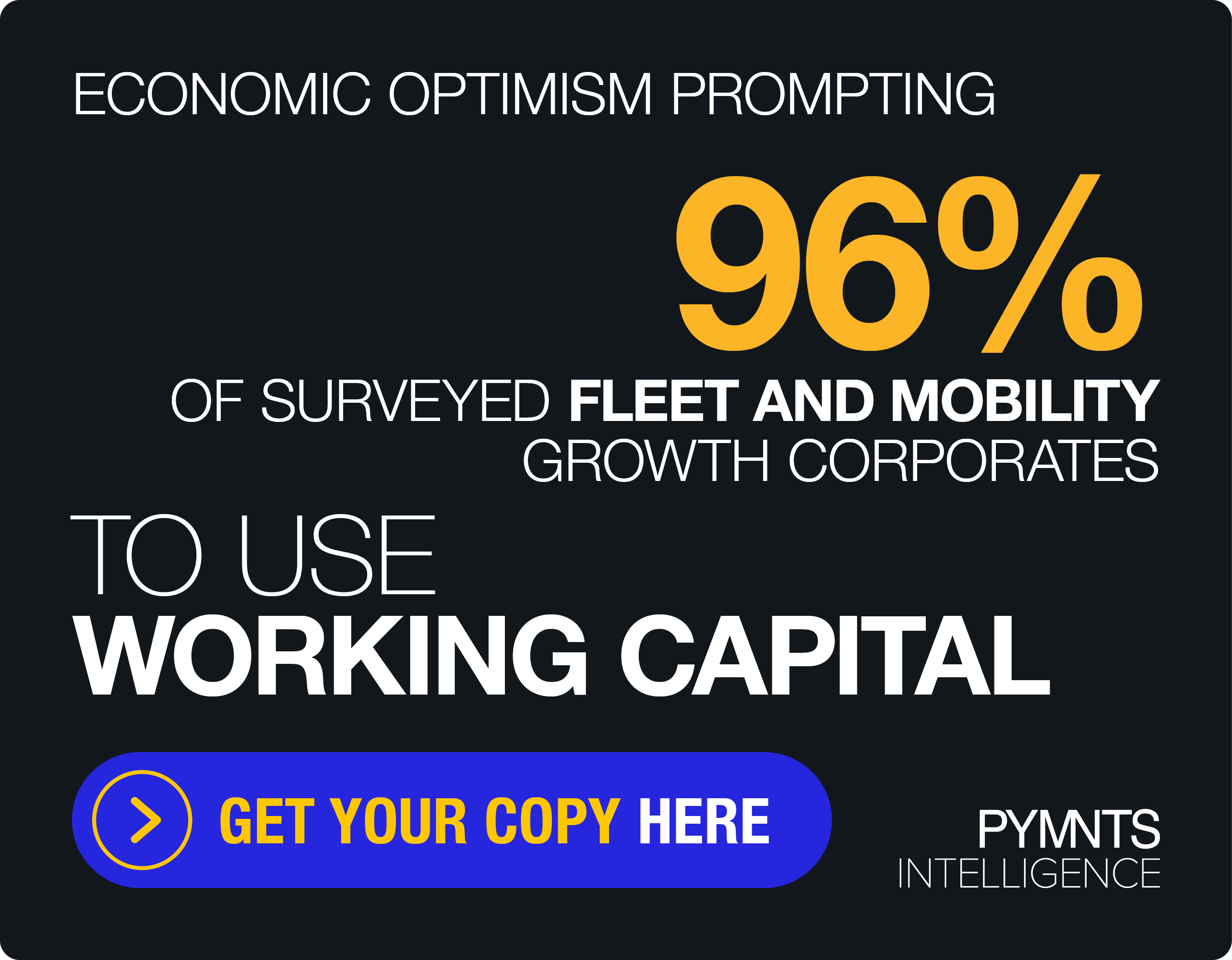What to Know About the Embedded Finance Opportunity for Software Platforms and Marketplaces
Embedded finance has the potential to revolutionize the way software platforms and marketplaces operate.
Yet for all its promise, certain barriers stand in the way of broader adoption by Software-as-a-Service (SaaS) platforms and marketplaces.
Luke Latham, general manager of Australia and New Zealand at Airwallex, and Tom Randklev, global head of product at CellPoint Digital, told PYMNTS what businesses need to know about offering embedded finance solutions, as well as the how and why behind merchants winning with financial services innovation.
“[Small- to medium-sized businesses (SMBs)] face a lot of pain points when it comes to managing and adopting financial services,” explained Latham, noting that challenges range from processing and disbursing payments to the complexity of managing multiple payout methods and currencies. They also include ongoing struggles with a lack of automation.
He emphasized that software platforms and marketplaces are well-suited to integrate financial services and products into their regular user experience due to their close relationships with their customers.
“If you think about an eCommerce marketplace interested in providing credit or loans to their customers, they already have visibility of all the payment flows, which is essential to embedding a robust risk management framework to make that product viable and which positions them to play a leading role in the next phase of the evolution of embedded finance,” Latham said.
Embedded finance is not about one-click payments; it’s about security, compliance and navigating the complex regulatory landscape. A robust foundation is essential for the success of embedded finance initiatives.
Overcoming Common Barriers Within Embedded Finance
Part of the reason the embedded finance opportunity is so attractive is that it rests at the intersection of daily life’s increasing digitization and the corresponding behavioral expectations of end-users.
“Any financial product or service that has traditionally involved a departure from the user experience, or an additional set of activities, is there for the taking,” said Latham.
“There is a lot of success in the SMB market using [embedded finance] to satisfy their customers and present this as an innovation,” noted Randklev. “The whole ecosystem is inherently managed, which creates efficiencies and a delightful customer experience.”
“The end user believes [payments are] an expected part of their user experience, and that is the mindset that platforms are needing to respond to,” explained Latham. “It’s an opportunity to improve customer acquisition, reduce customer acquisition costs and improve retention.”
Still, there exists a crucial decision that businesses contemplating embedded finance must make: whether to buy, build or partner.
Both Latham and Randklev advocated for a strategic approach, emphasizing the complexities and costs involved in building financial services in-house and highlighting that finding an excellent partner with expertise in compliance, governance and financial services nuances is a key to success.
Latham added that platforms should consider product offerings, geographic coverage and revenue models when choosing a FinTech partner.
“Operators can get caught in the trap of just thinking they need to play catch up rather than thinking about what [embedded finance] means in the context of their business, their core competencies and defining KPIs and success metrics around that,” he said. “[Embedded finance] is the furthest thing from one size fits all that you could possibly entertain… there are companies out there who have invested in this core competency and made it their own business model so that you don’t need to go through this heavy lifting and you can stick to what you’re good at.”
The consensus is that partnering is often the most efficient and cost-effective way to enter the embedded finance space when compared to buying or building.
“To the extent that [partnering on embedded finance] becomes infinitely successful, then businesses have the ability to build themselves out of that partnership,” added Randklev.
A Glimpse Into the Future of Embedded Finance
By prioritizing compliance, choosing strategic partnerships, and embracing future trends, software platforms and marketplaces can unlock the full potential of embedded finance, offering users a seamless and enriched financial experience.
“I’m excited by the applications of generative AI… embedded finance with a little bit of AI creates a lot of interesting new territory to play in,” explained Randklev.
“Advanced AI and data analytics will enable platforms to offer increasingly personalized financial products, services and recommendations to their users,” added Latham. “I think platforms will integrate even more specialized financial services tailored to specific industries and customize their user experience around that.”
That’s why Latham and Randklev said they anticipate a continued global expansion of embedded finance, with platforms leveraging these services to reach a broader audience while simultaneously catering to industry-specific needs.

